Indoor plant organization became prominent as urban living spaces grew and people sought nature's touch within concrete jungles. Back in the day, a simple potted plant was the go-to norm, while now indoor plant organization concepts are flourishing. Regardless of the setup, organizing plants indoors creates an oasis of tranquility and adds depth to home decor. While at first, arranging plants might seem overwhelming or chaotic, it can actually be a creative and refreshing pursuit--and is currently enjoying a renaissance among plant enthusiasts. Elevate your living space with these plant organization ideas and craft your own verdant haven.
Indoor plant display with varied heights and textures. Utilizing potted plants on shelves and hanging planters creates a dynamic and lush atmosphere, enhancing the cozy reading nook. Source
Indoor plant centerpiece arrangement with a mix of textures. This creates a vibrant focal point that enhances the space's aesthetic and brings a touch of nature indoors. Source
Vertical plant shelf organization: Use tiered shelving to display a variety of pots and plants at different heights. This arrangement not only maximizes space but also creates a visually appealing indoor garden. Source
Indoor plant trio arrangement. Grouping plants of varying heights next to a side table creates visual interest and enhances the space's greenery. Source
Monstera Variegata arrangement. Grouping these striking plants on a shelf or table enhances their unique leaf patterns and creates an eye-catching indoor display. Source
Indoor plant display with layered shelves. This arrangement allows for efficient use of vertical space while showcasing the plants beautifully. Source
Colorful planter stand. Incorporating bright, modern planter stands can add a playful touch to your indoor garden, making the space feel more vibrant and inviting. Source
Air plant arrangement on a wooden display. This setup allows for easy care and showcases the unique shapes of each plant. Source
Indoor plant shelf with varied heights. This arrangement creates visual interest and allows sunlight to reach all plants effectively. Source
Lush Monstera Deliciosa arrangement. Incorporating several potted Monsteras at varying heights creates a vibrant, layered display that enhances indoor spaces. Source
Herb wall display. Creating a rustic, vertical arrangement with branches and twine enhances indoor plant organization while allowing easy access to fresh herbs. Source
Hanging planters and wall shelves. This arrangement effectively utilizes vertical space while adding greenery to the indoor environment. Source
Potted plants arrangement on the porch. Utilizing a mix of decorative pots and seasonal flowers like mums can create an inviting entryway, enhancing curb appeal. Source
Elegant entryway planters. Using tall urns to enhance the doorway adds vertical interest and creates a welcoming atmosphere. Source
Vertical shelving unit for plant display. This maximizes space while allowing for various light sources to nurture different plant types. Source
Indoor plant arrangement with a large planter and smaller pottery accents. This composition not only enhances aesthetic appeal but also creates a harmonious atmosphere by varying heights and textures. Source
Indoor plant arrangement with varying heights and pots. This creates visual interest and a layered aesthetic in the space. Source
Indoor plant shelf arrangement: Incorporate multiple wooden shelves to elevate plant pots of varying heights, maximizing vertical space. This enhances visual appeal while providing plants with adequate sunlight. Source
Indoor plant arrangement with trailing and upright plants. This design balances aesthetics and functionality, enhancing the workspace environment. Source
Vertical plant wall
Vertical plant walls are a fantastic way to bring some greenery into your space without taking up too much floor area. They not only look stunning but also help improve air quality and boost your mood. You can mix and match different plants to create a unique display that reflects your personal style.
Hanging plant baskets
Hanging plant baskets totally elevate any space, right? They add a fun, lush vibe and are perfect for small areas where floor space is tight. Plus, caring for trailing plants like pothos or ferns is super easy, making them a great choice for even the busiest of folks.
Tiered plant stands
Tiered plant stands are a game changer for indoor gardening. They maximize space and create beautiful levels for your plants to thrive, making the room feel lively. Plus, it's so satisfying to see all those greens arranged stylishly!
Windowsill plant arrangement
Windowsill plant arrangements can totally brighten up your space. Mix and match different heights and colors for a visually appealing setup. Don't forget to consider how much sunlight each plant needs to thrive!
Corner plant shelf
A corner plant shelf is the perfect way to brighten up an otherwise empty space in your home. You can play around with different plant sizes and textures, creating a mini jungle that looks super inviting. Plus, it's a great conversation starter when friends come over to admire your green thumb!
Succulent terrarium
Succulent terrariums are super trendy and easy to care for, making them perfect for anyone looking to add a touch of greenery to their space. You can get creative with different glass containers, layer some stones for drainage, and choose a variety of colorful succulents that thrive in the same conditions. They also make awesome gifts since they're low maintenance and look great on any desk or shelf!
Matching plant pots
Matching plant pots can really elevate your indoor plant game. They create a cohesive look and can highlight the beauty of your plants. Plus, mixing textures and colors with your pots adds a fun twist to your space.
Organizing indoor plants not only enhances their aesthetic appeal but also optimizes space and plant health. One popular method involves using multi-level stands or shelves to create a tiered effect, allowing for a variety of plants to be displayed at different heights while maximizing light exposure. Additionally, grouping plants based on their water and light needs can simplify maintenance and ensure that each plant thrives in optimal conditions.

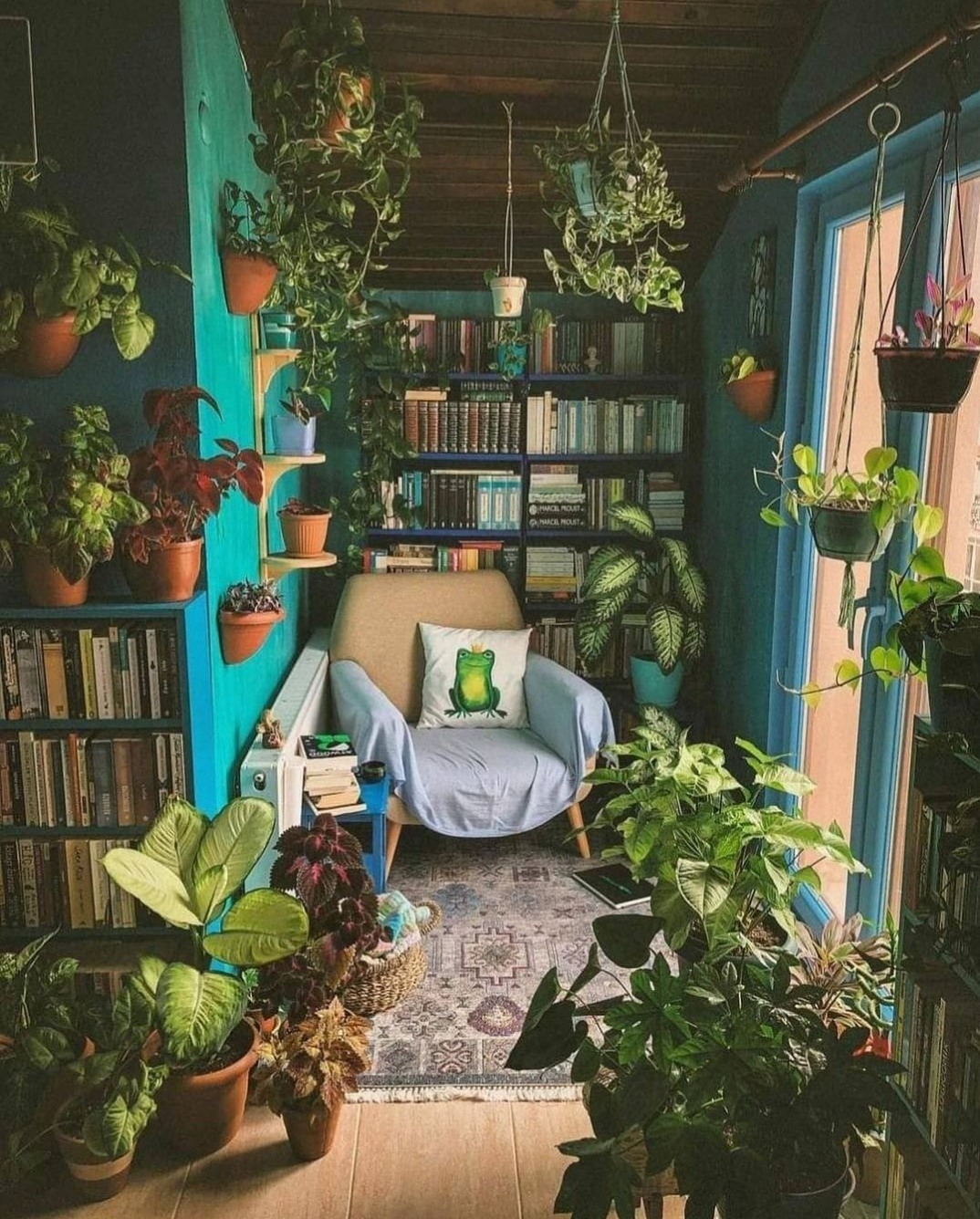
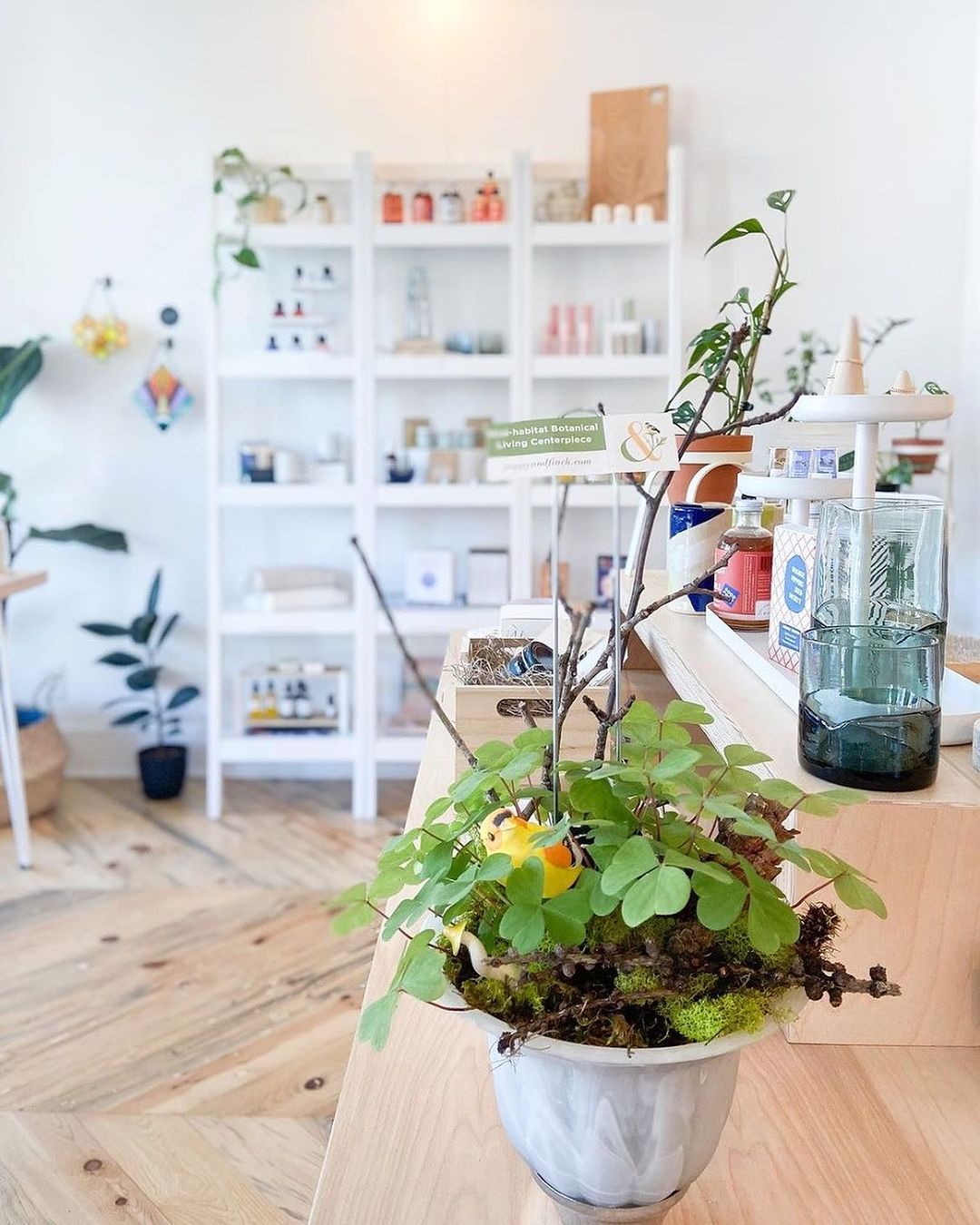
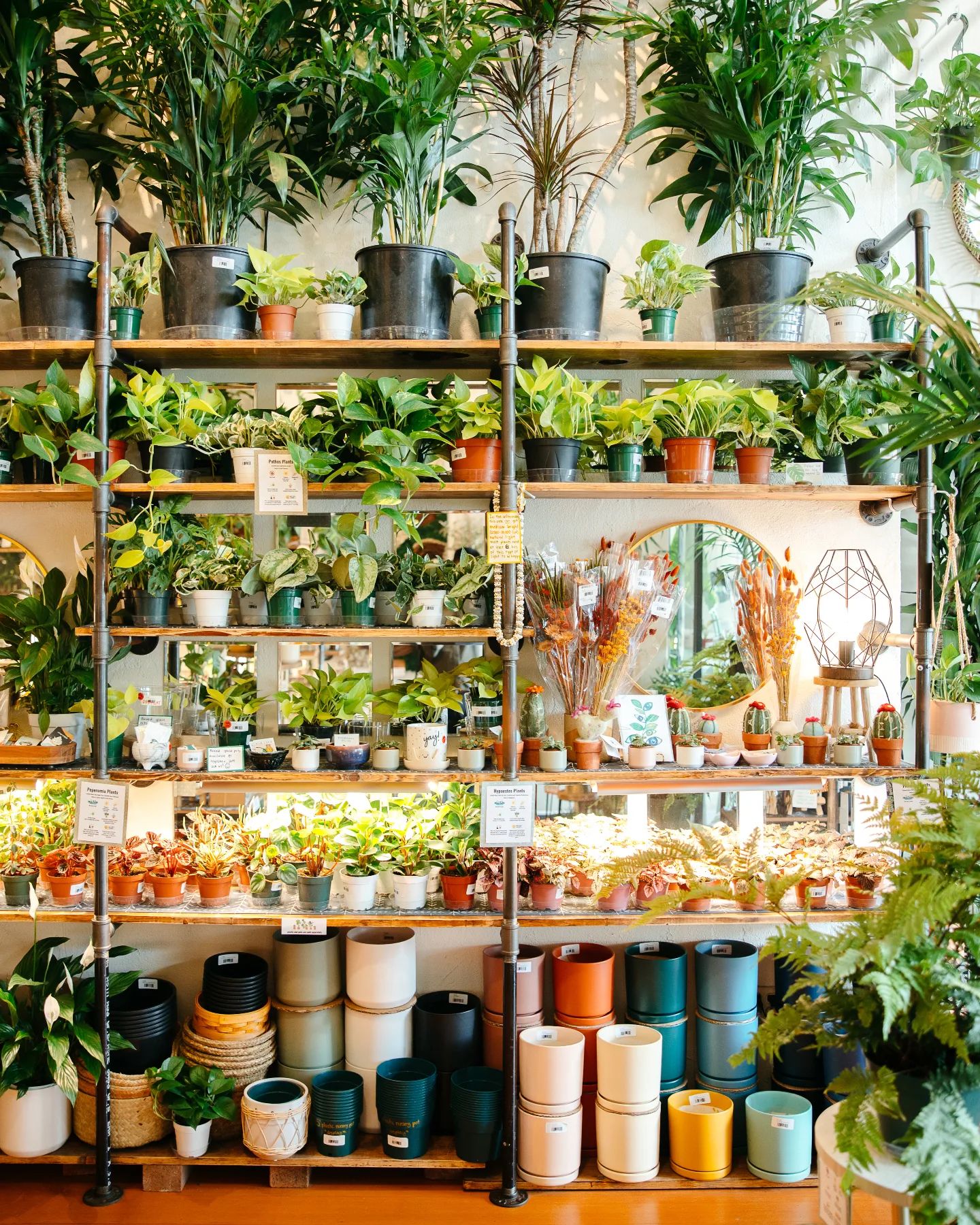
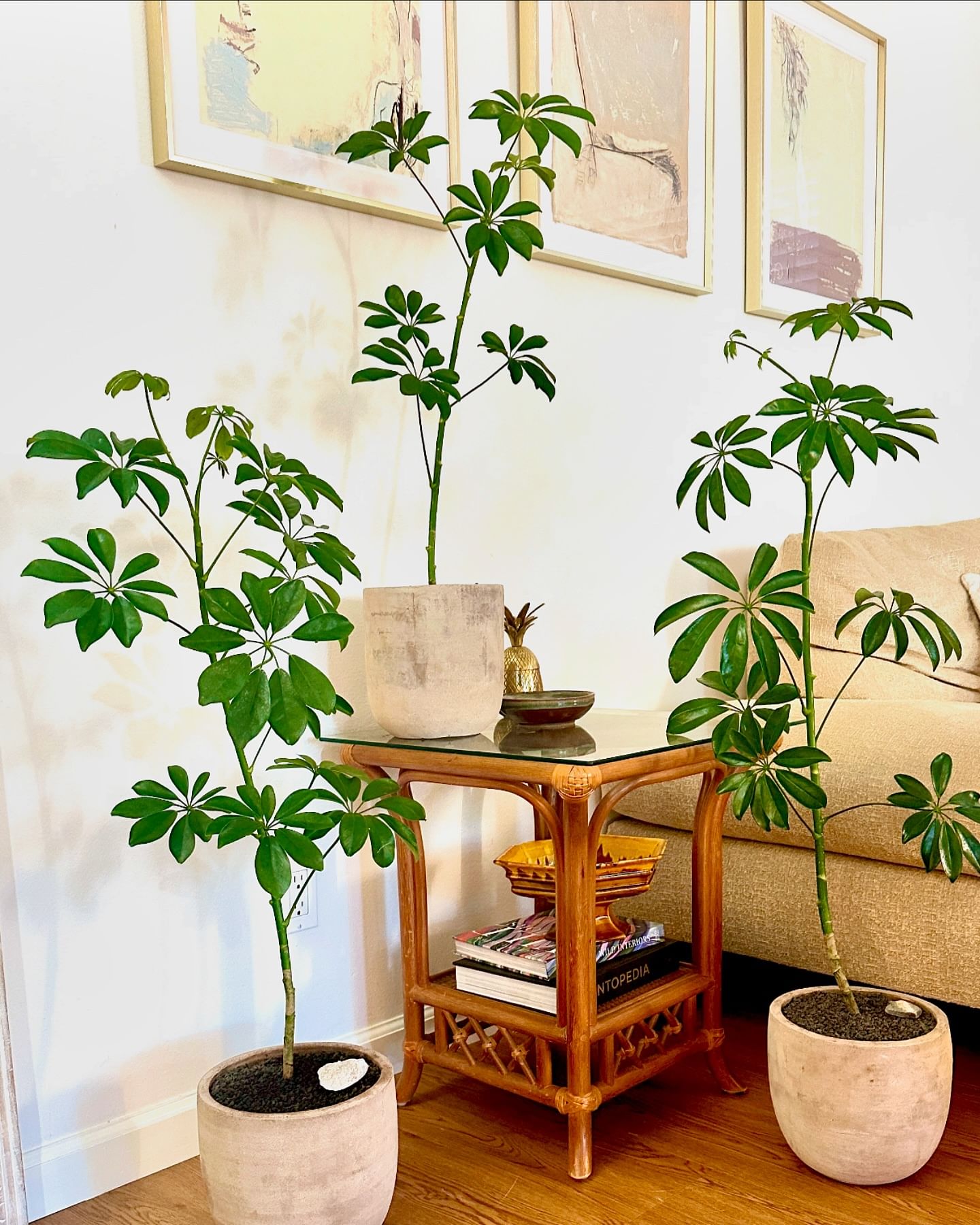
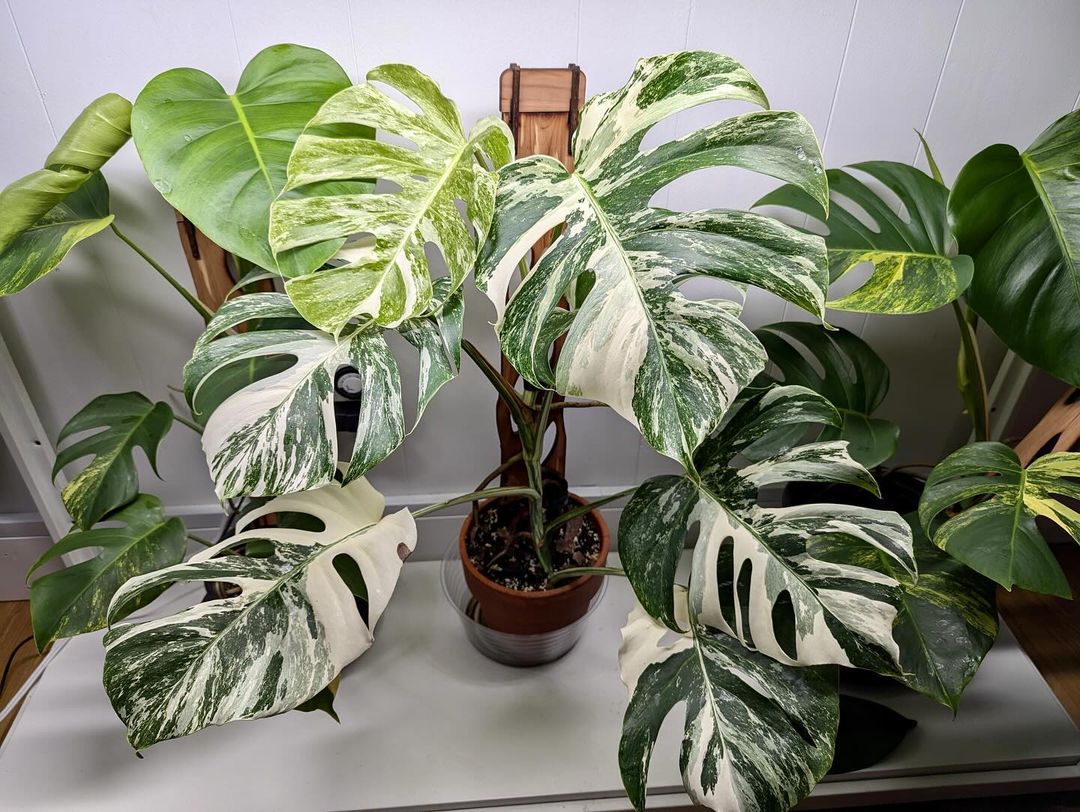
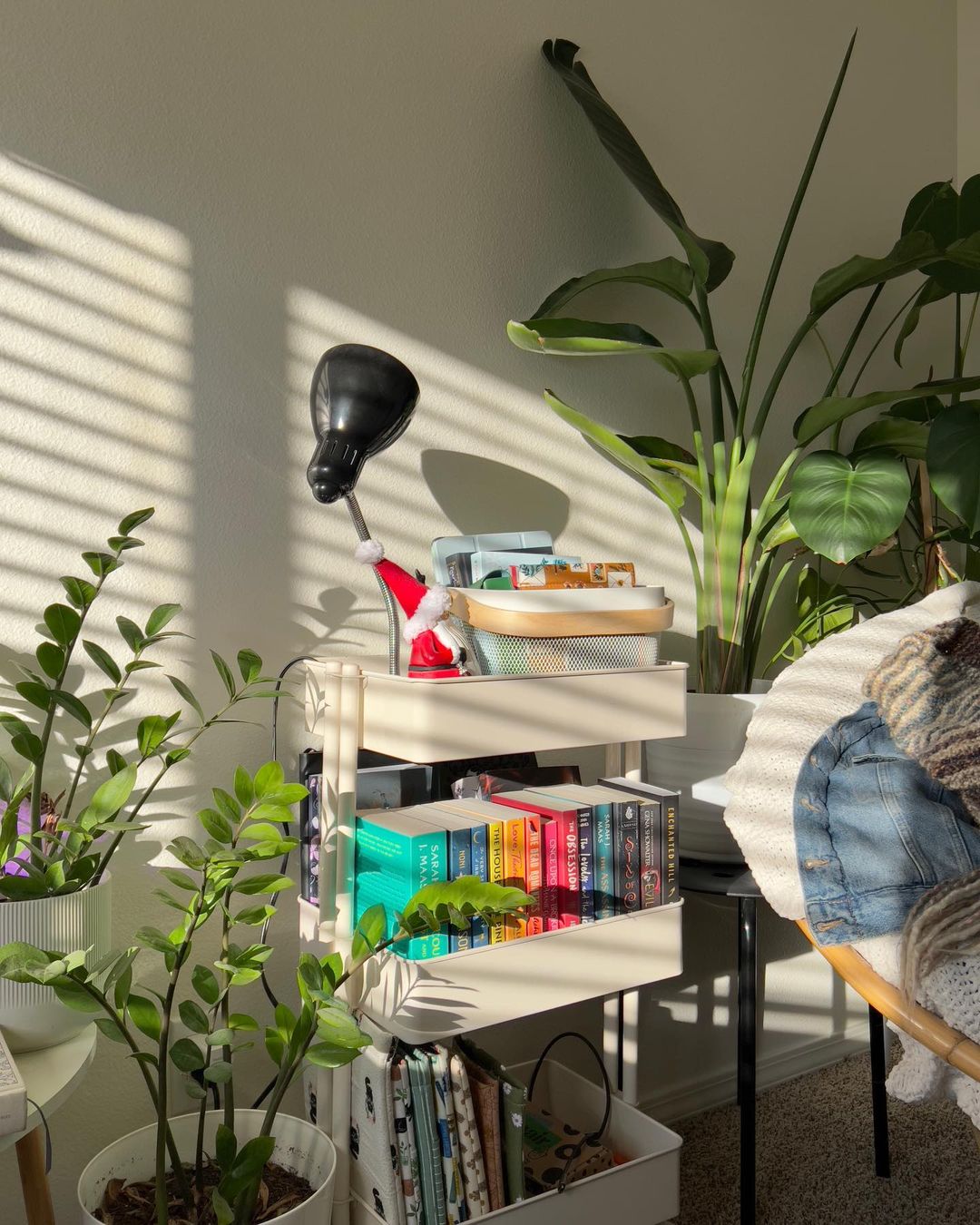
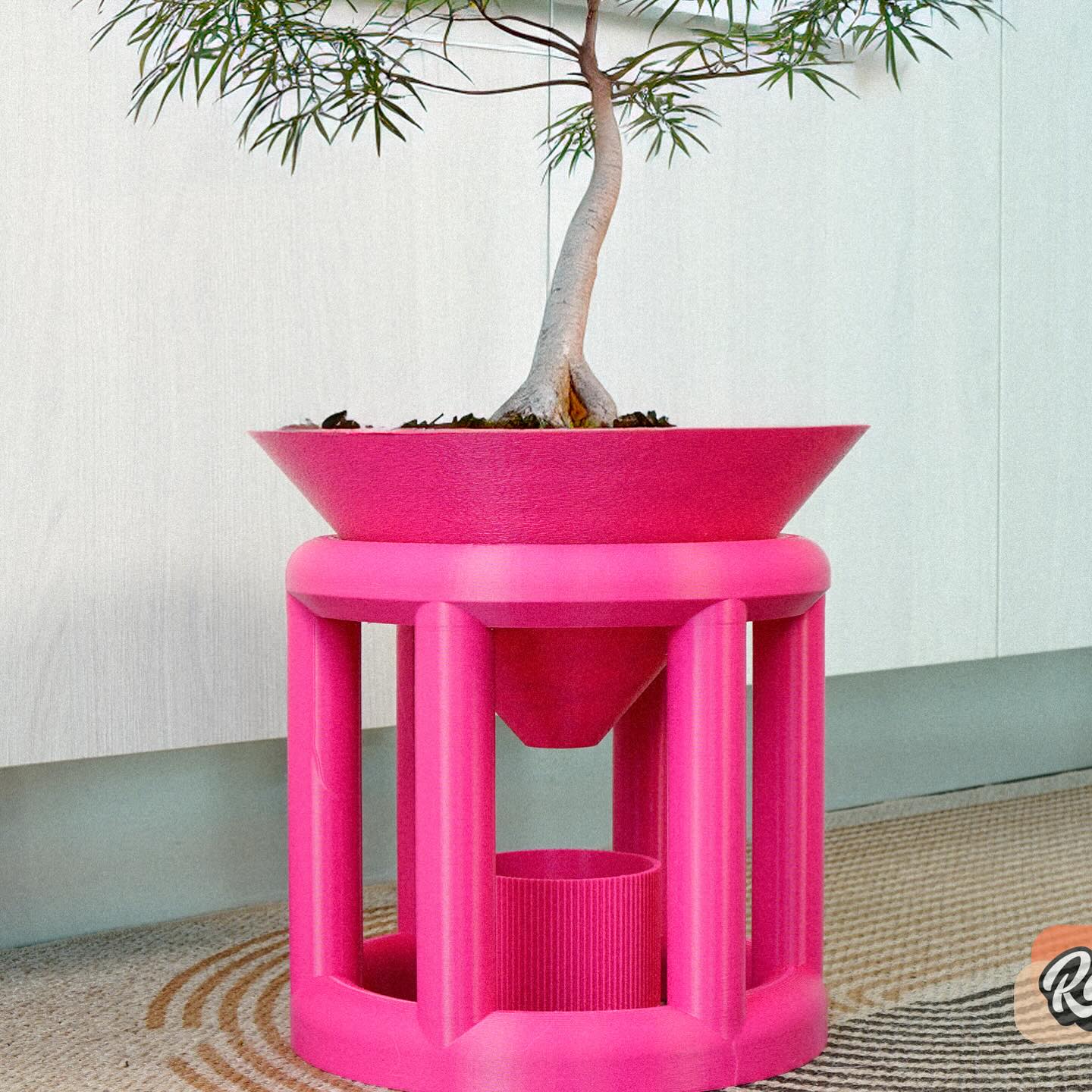
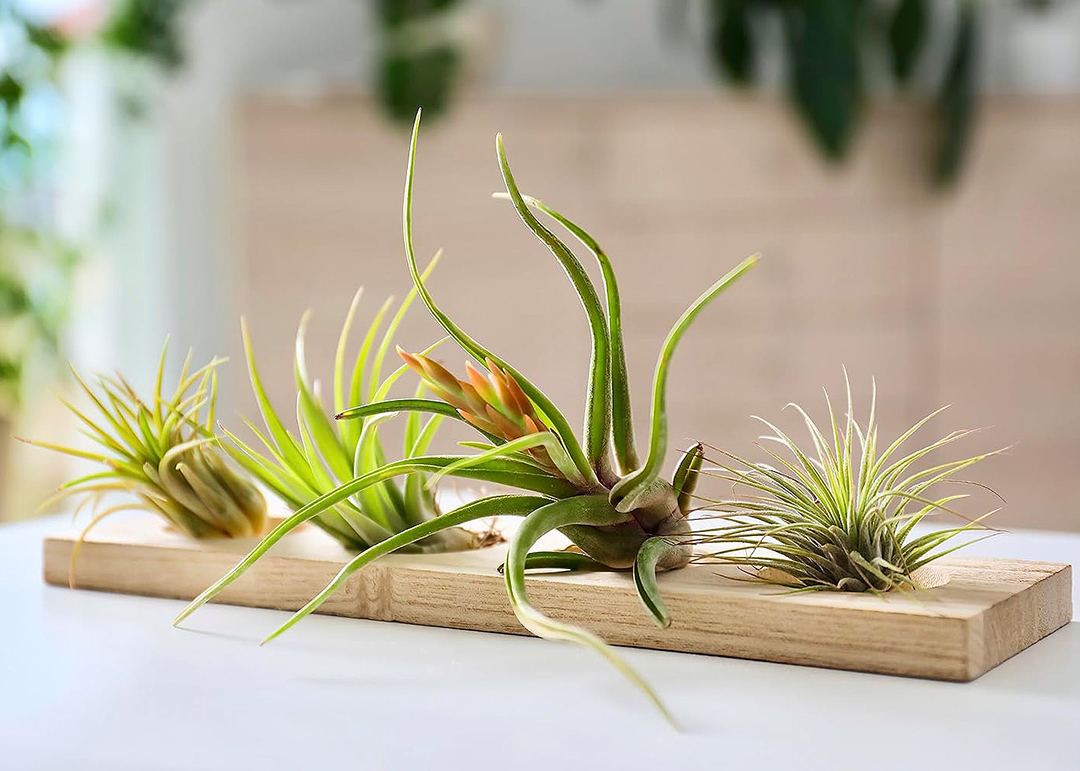
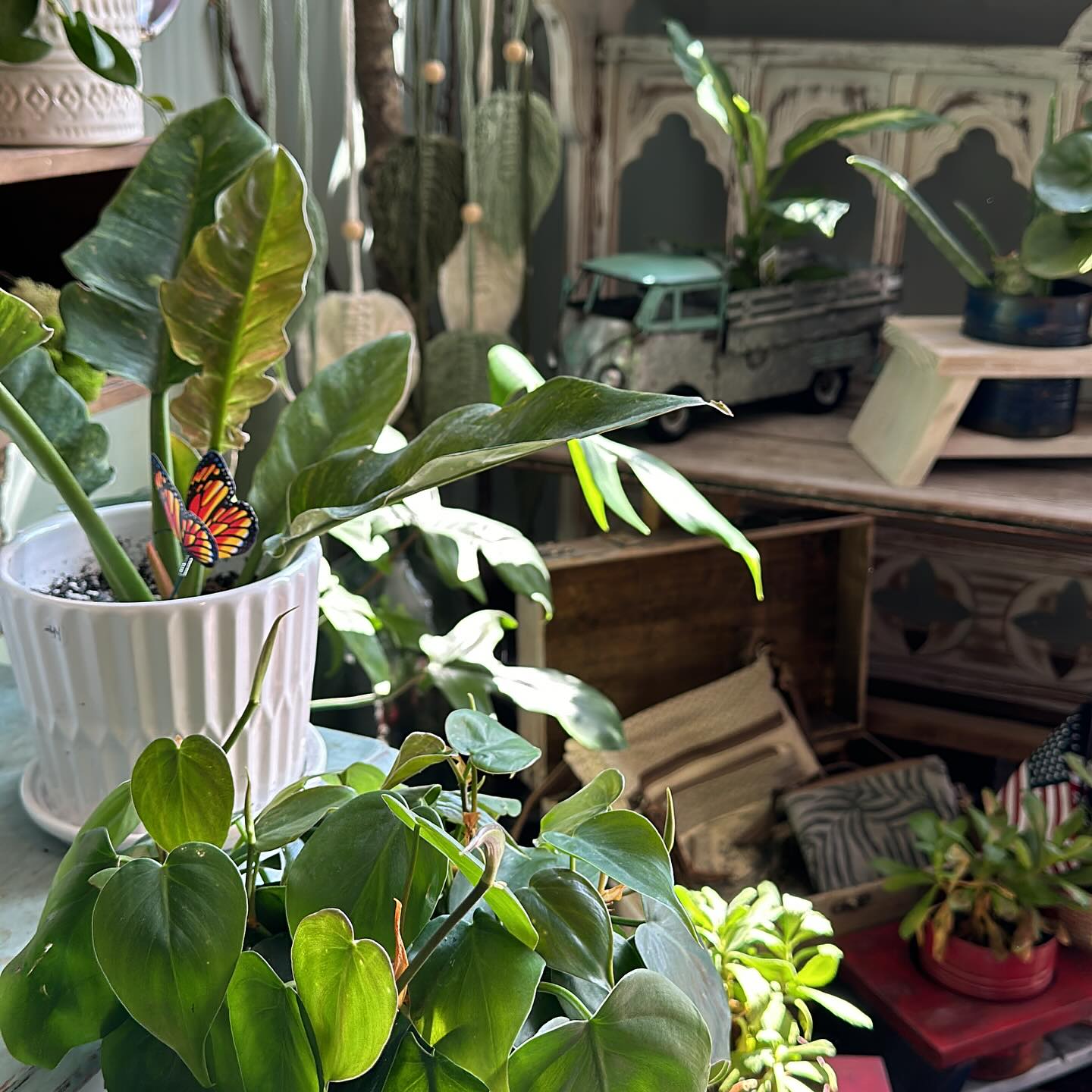
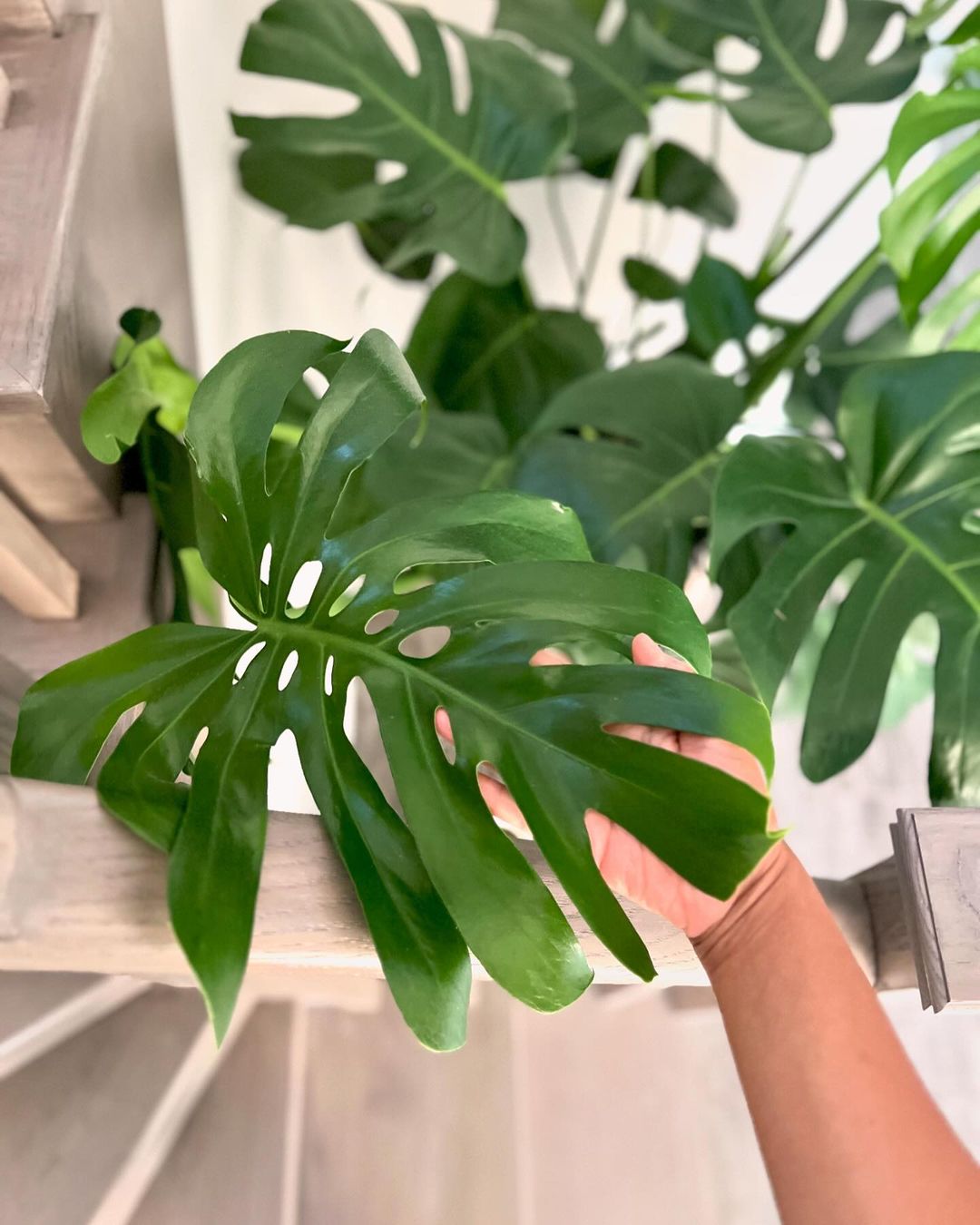
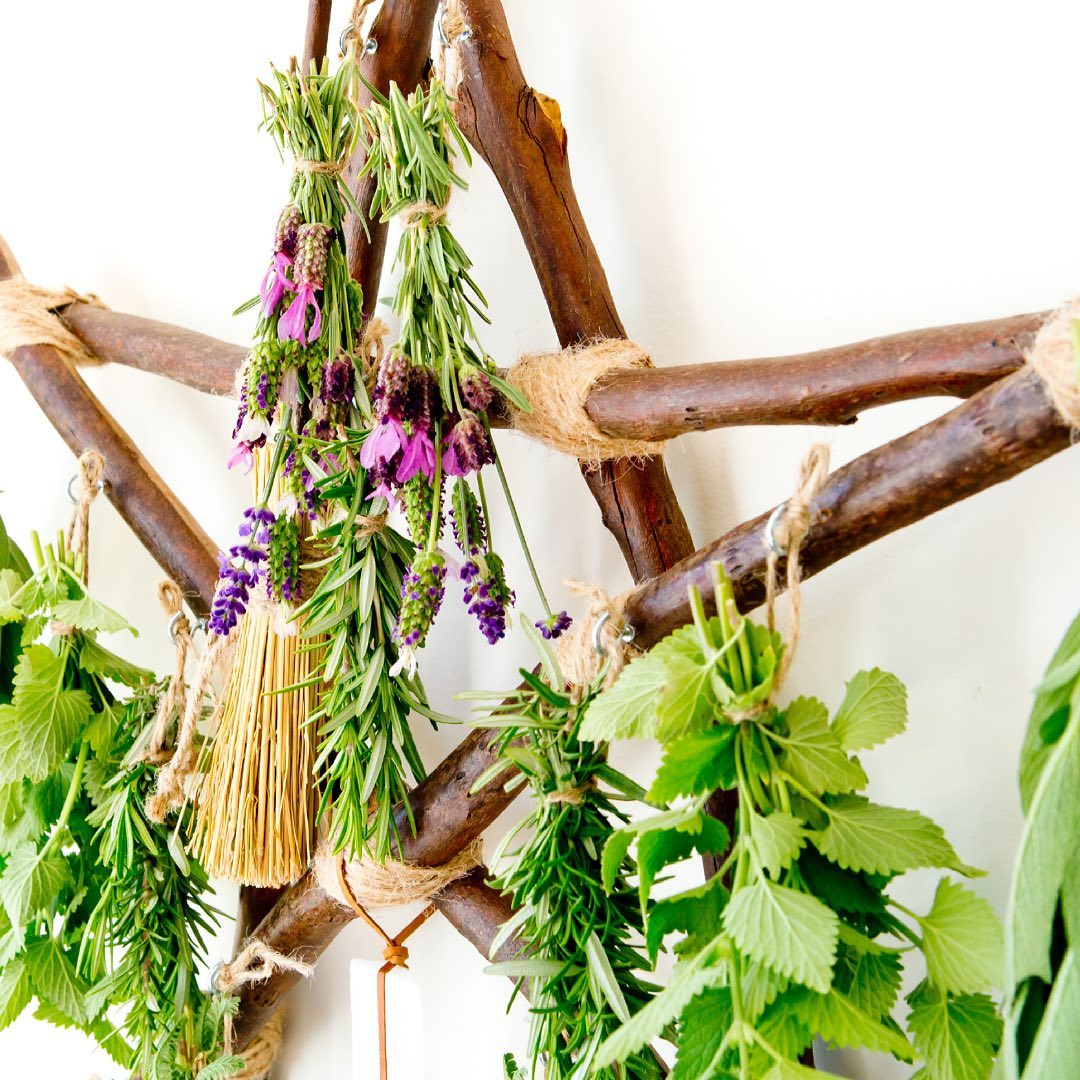
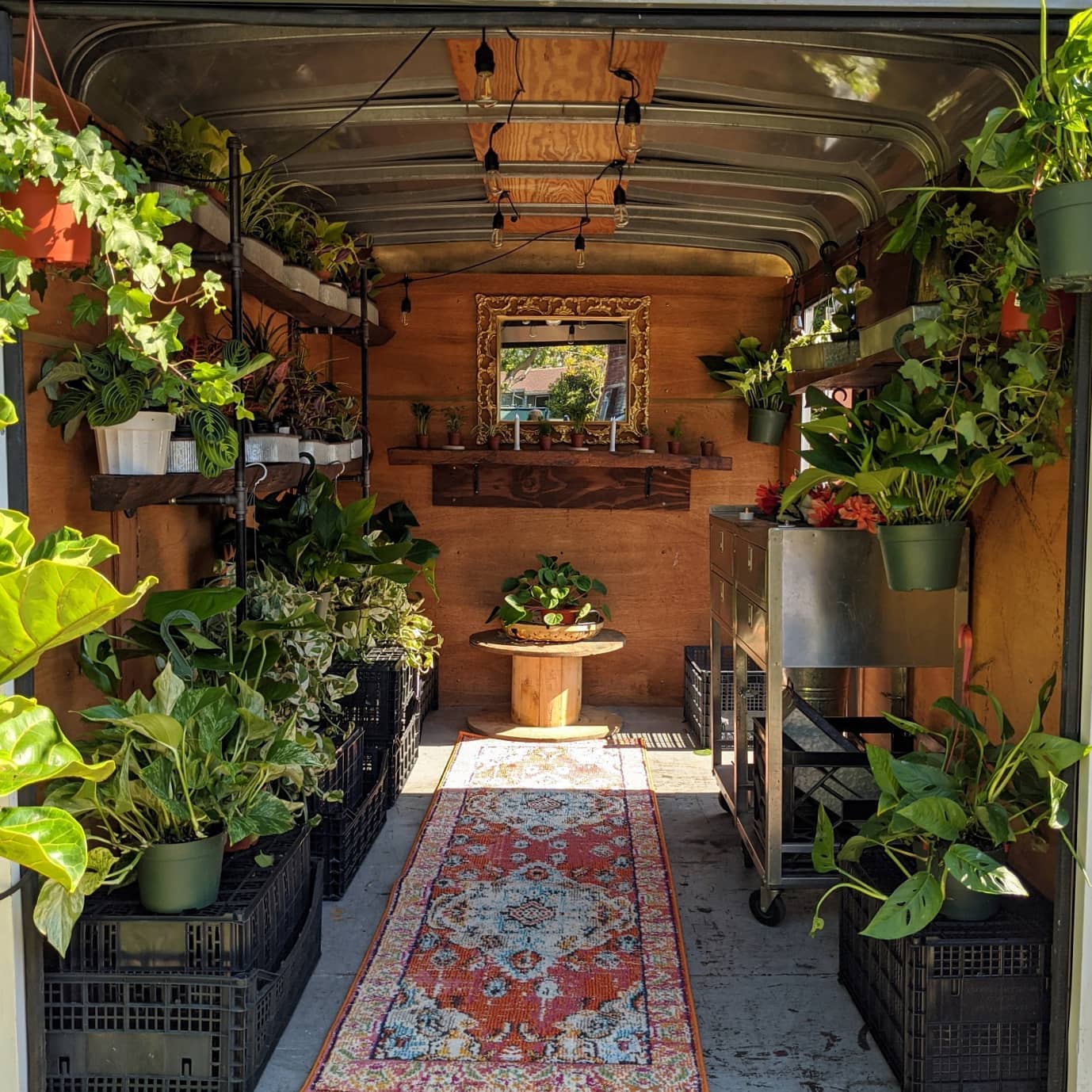
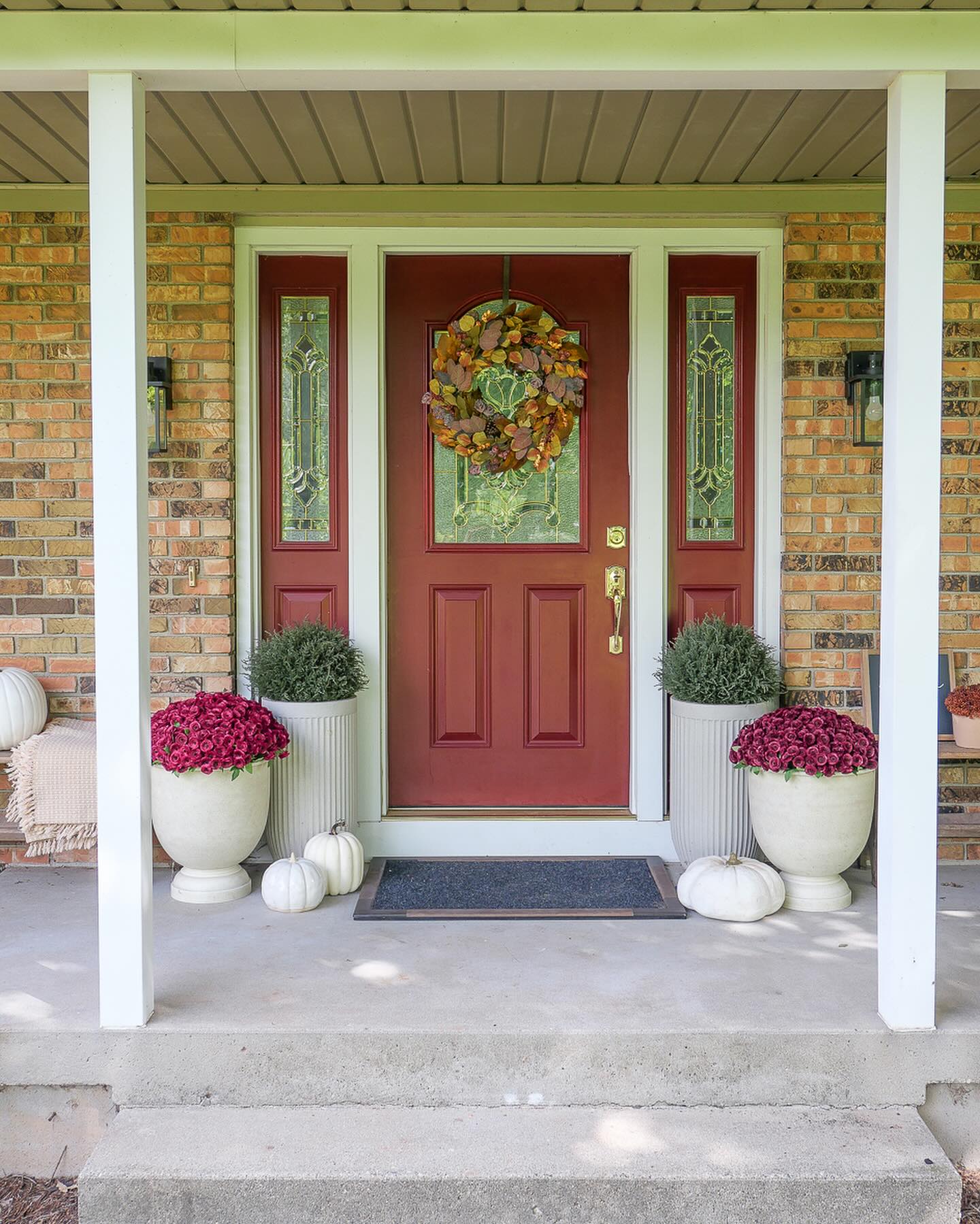
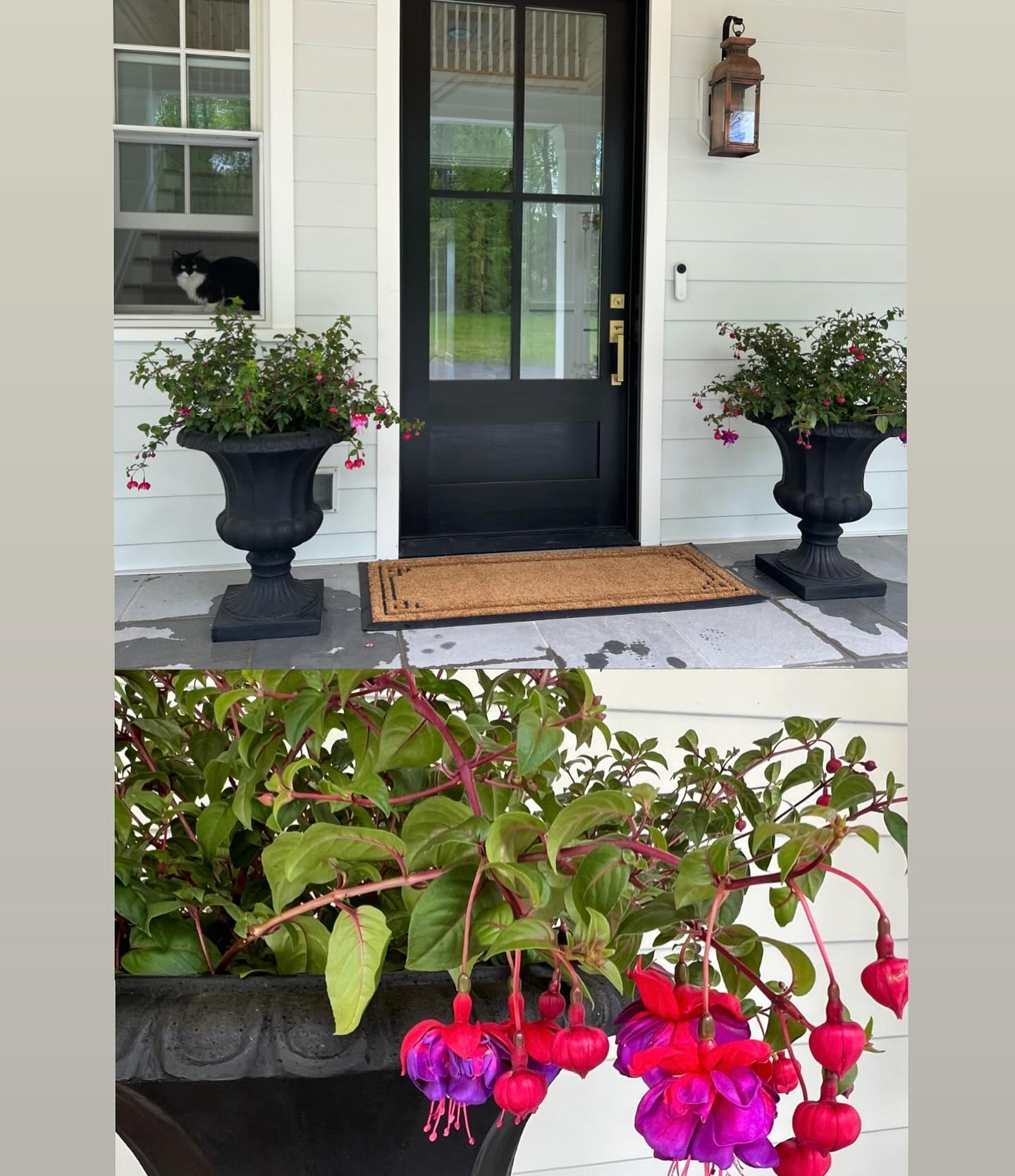
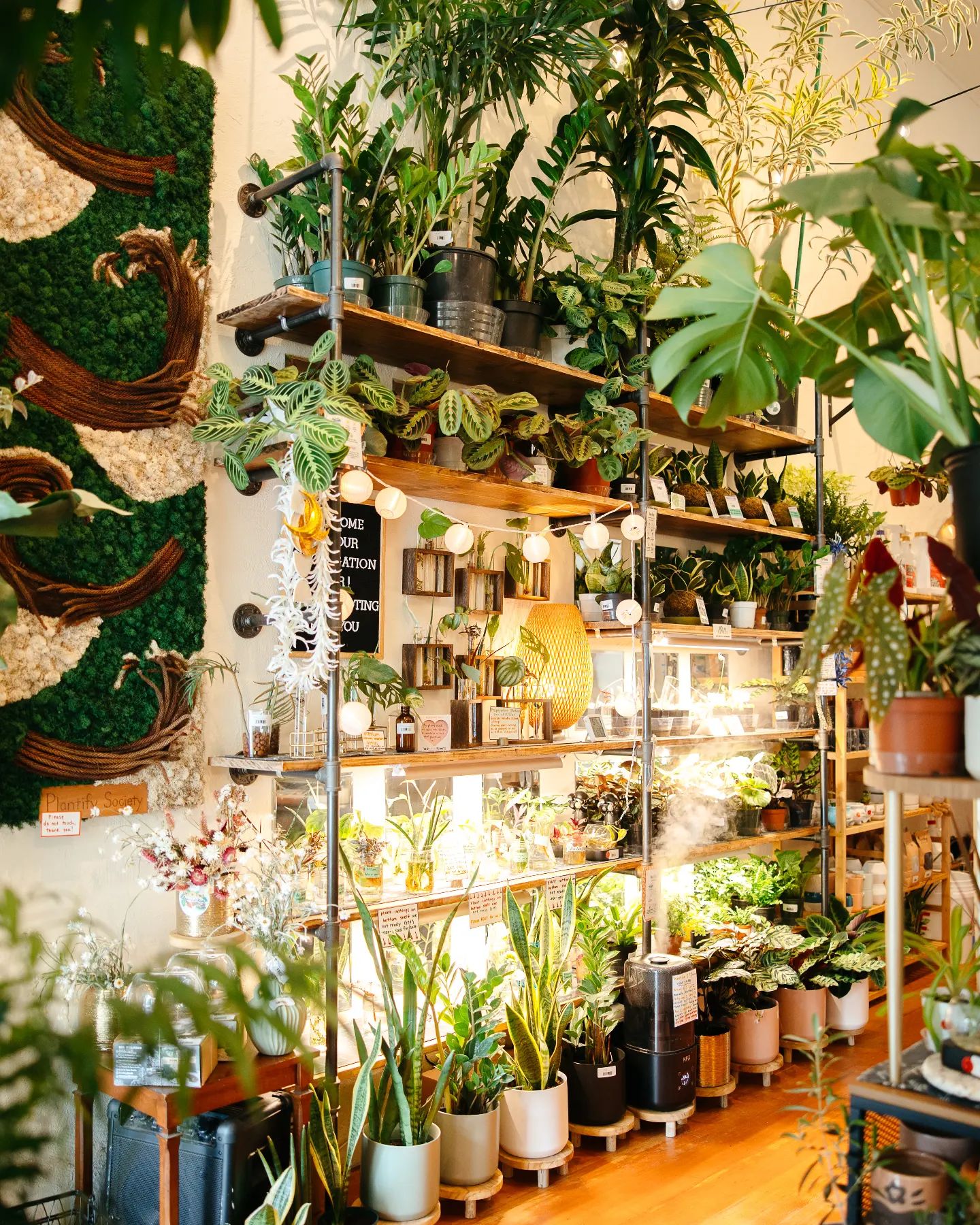

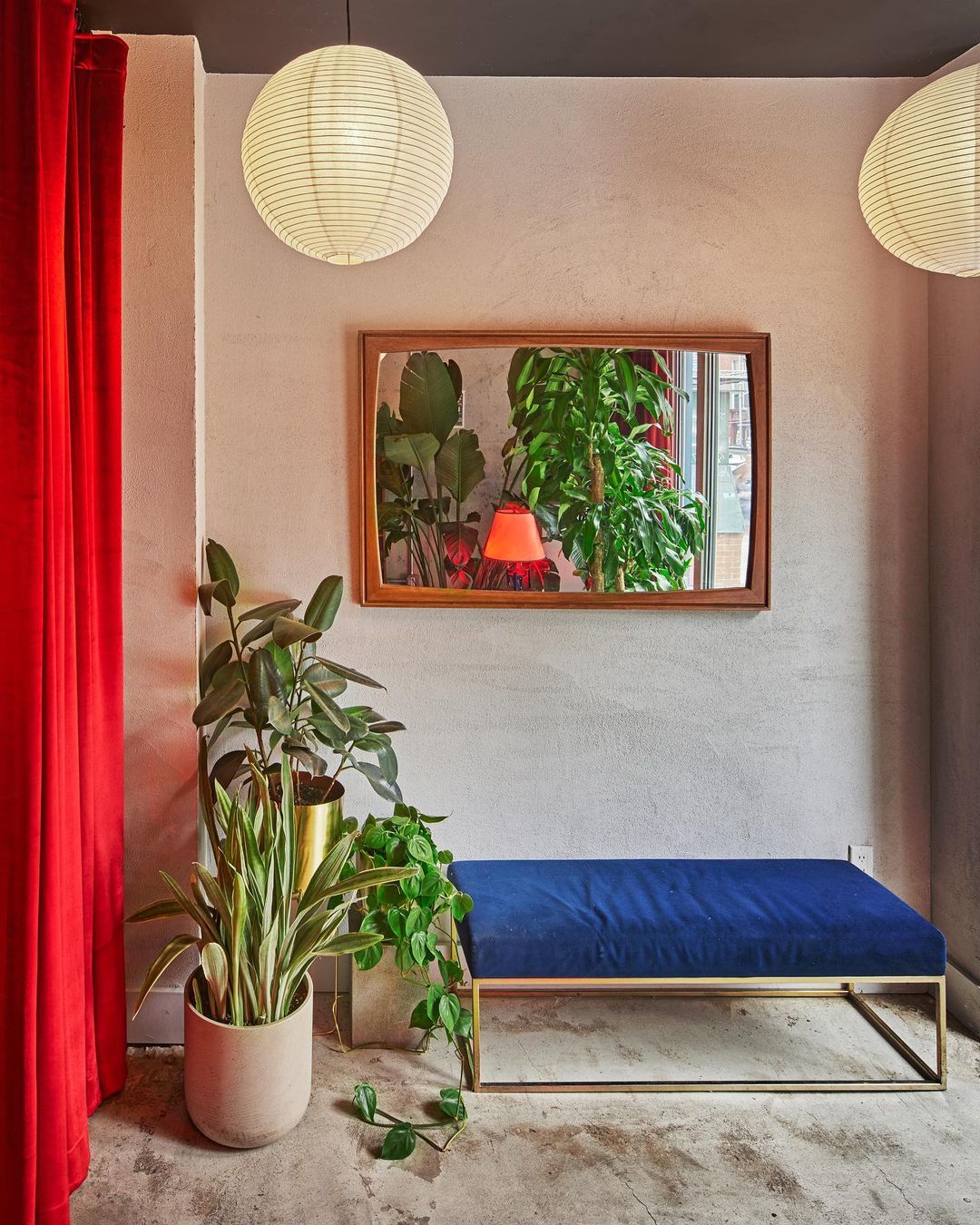
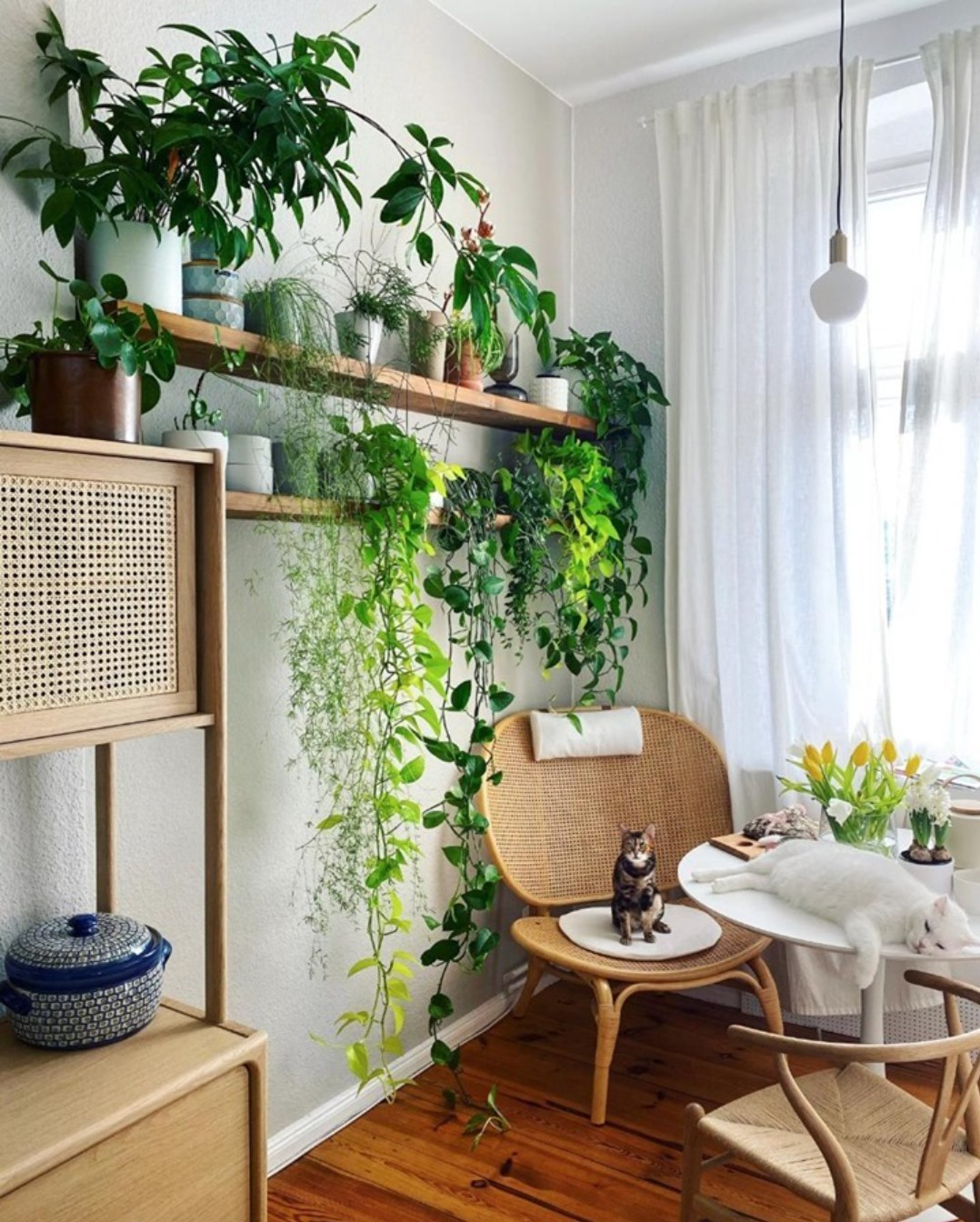
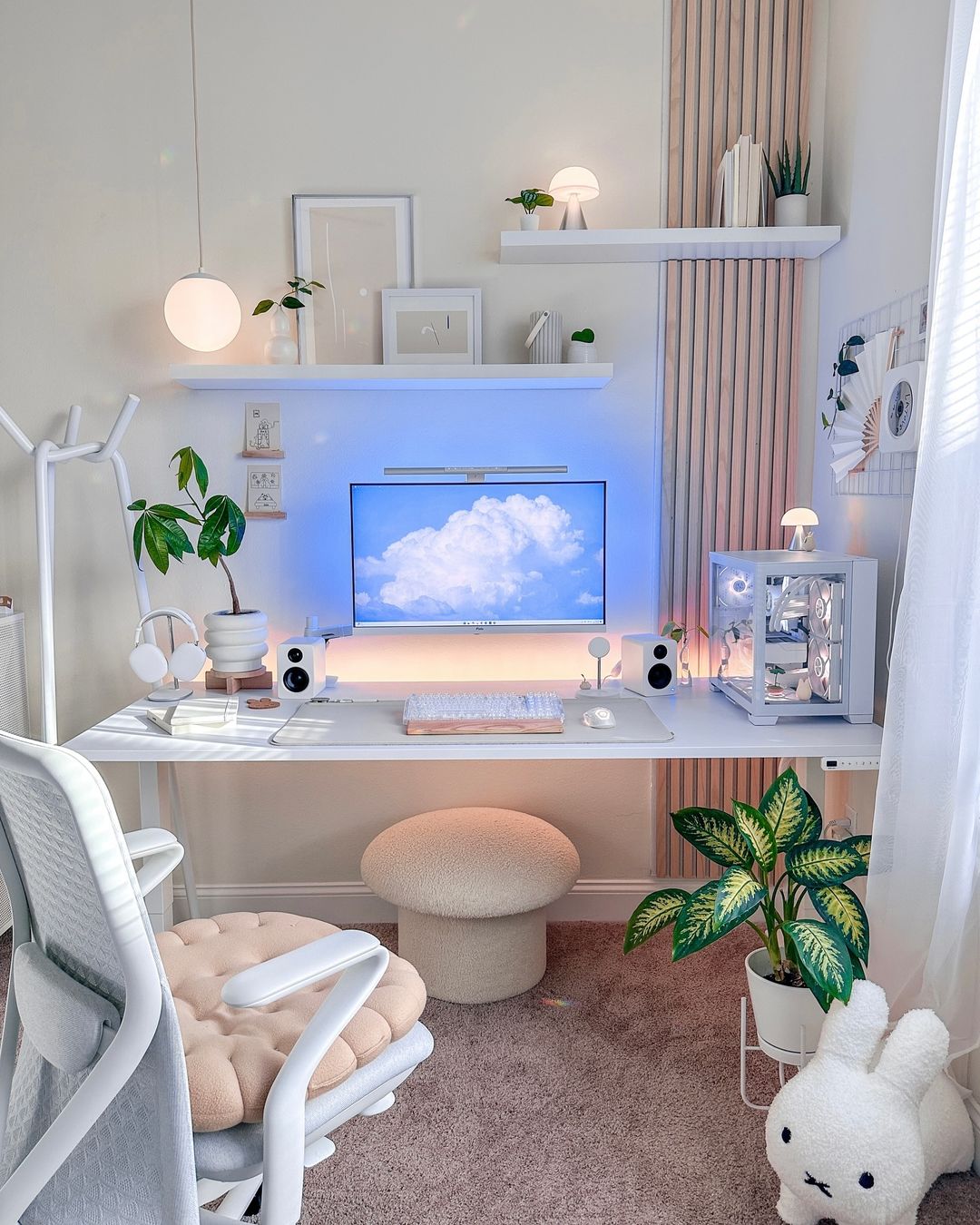

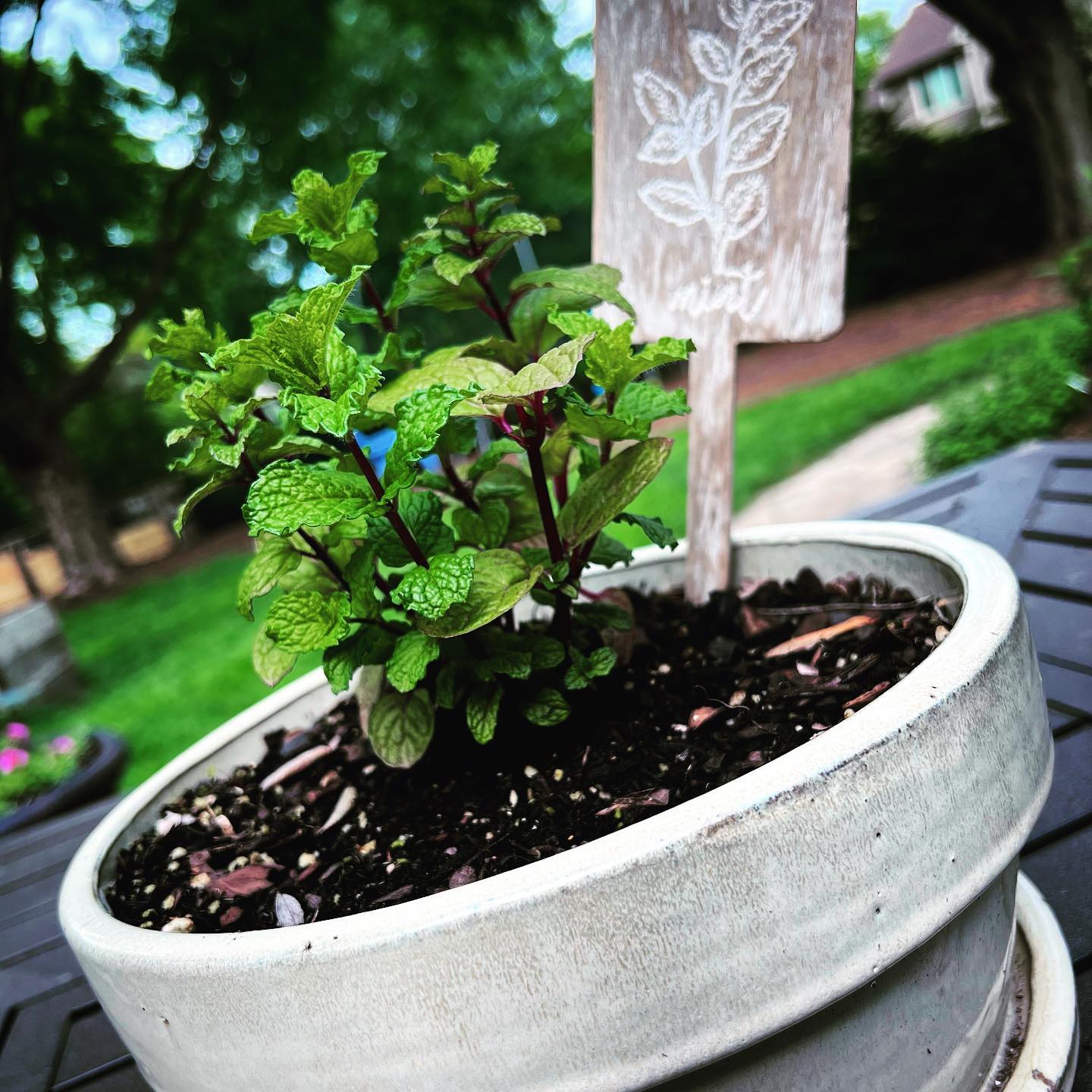
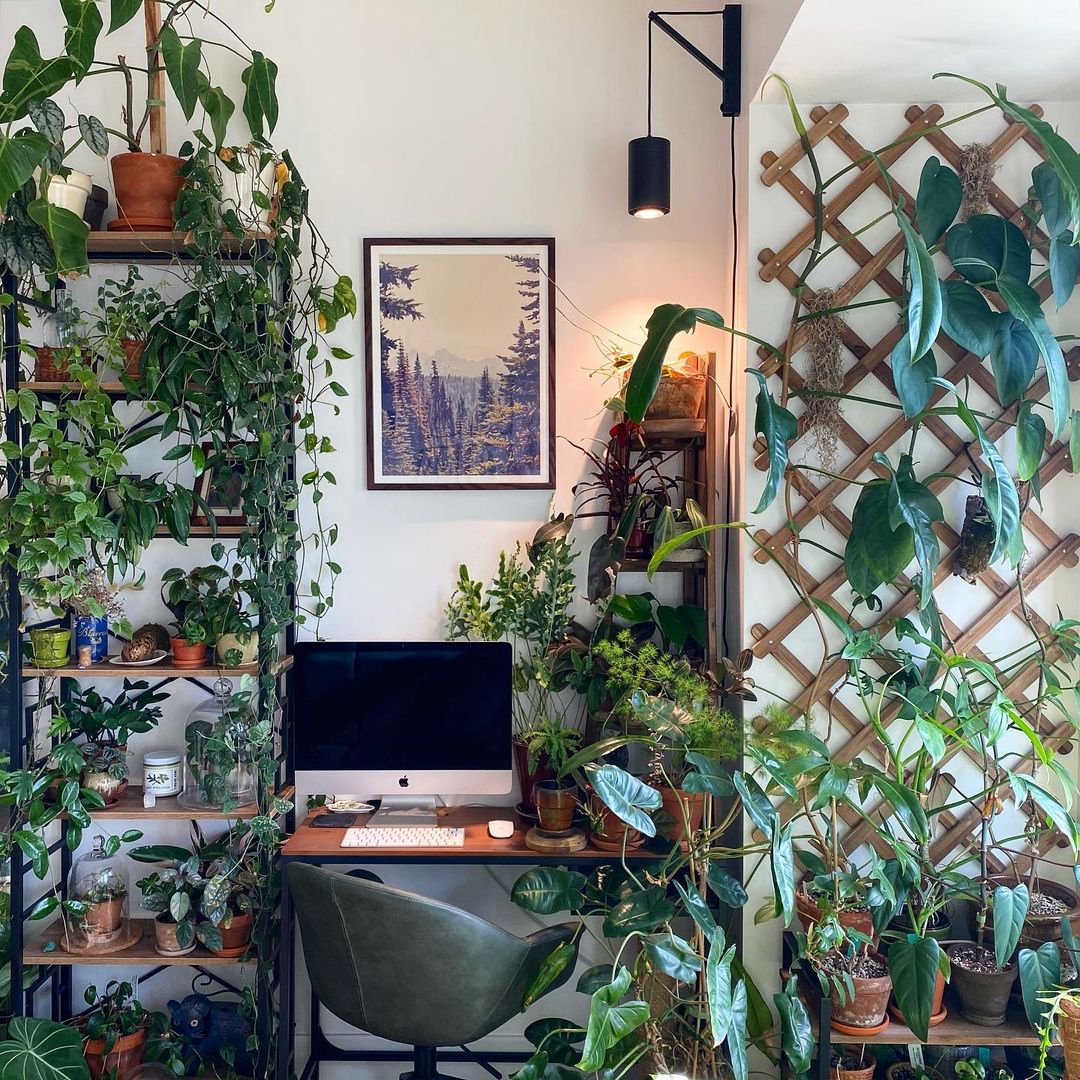
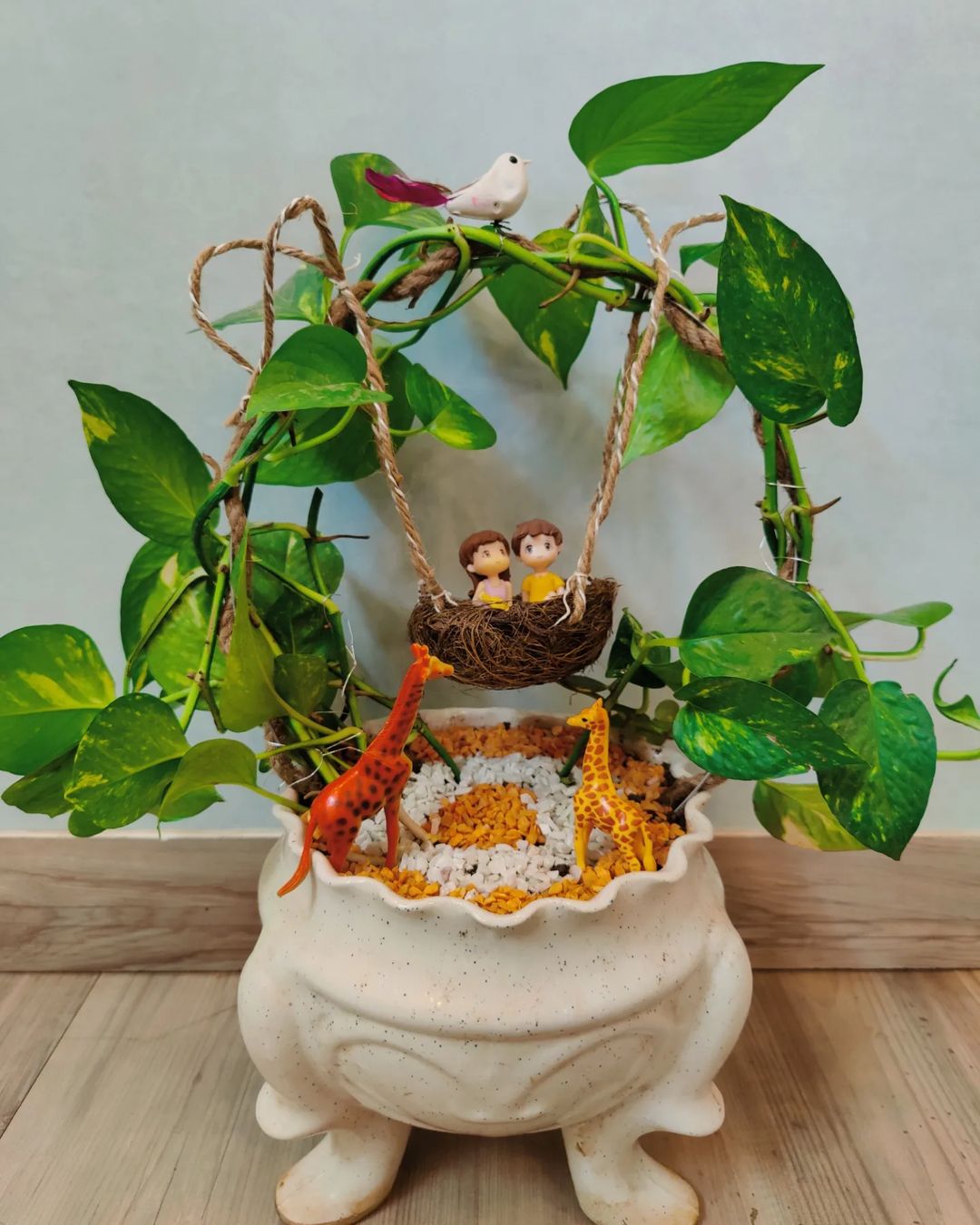
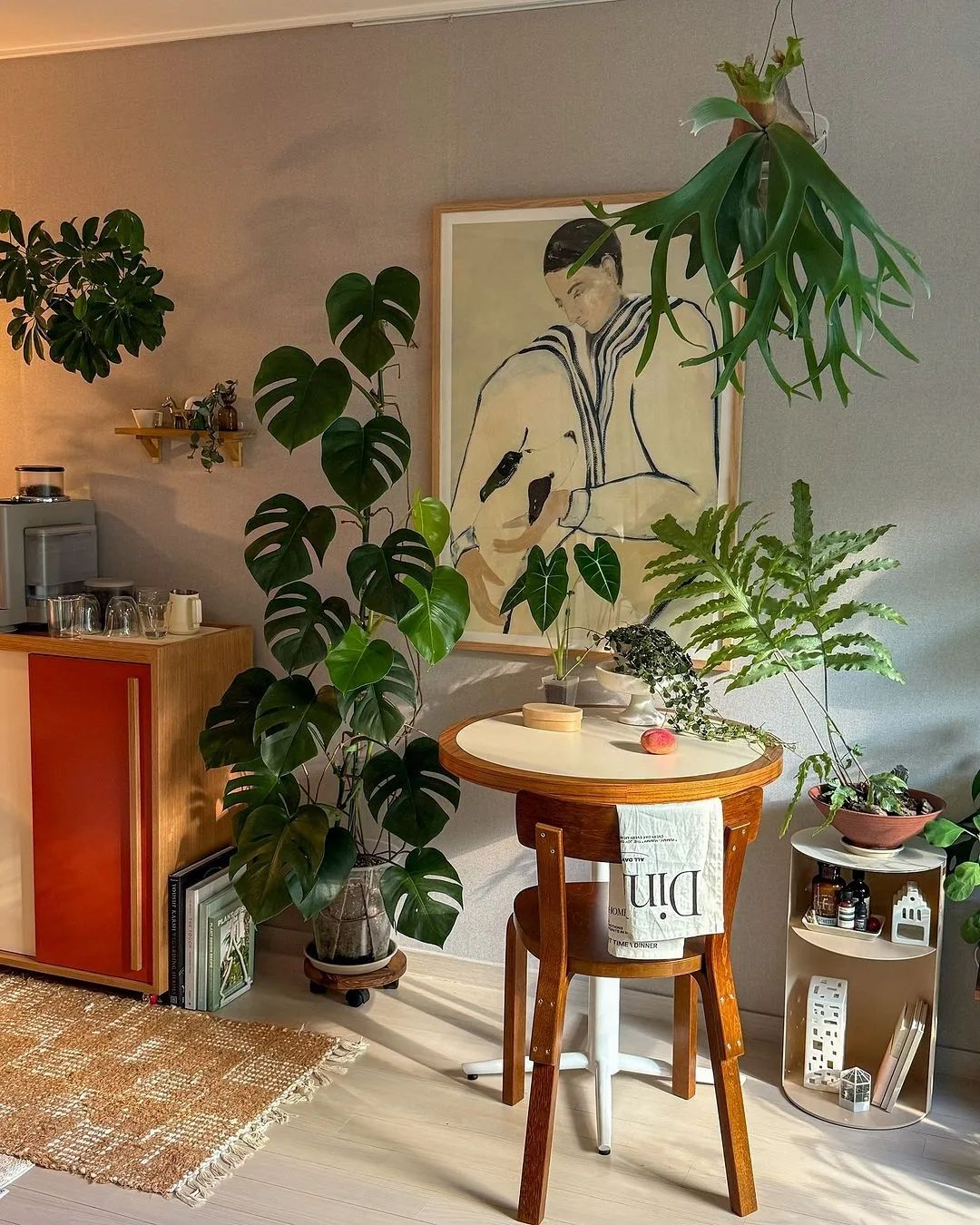
Comments